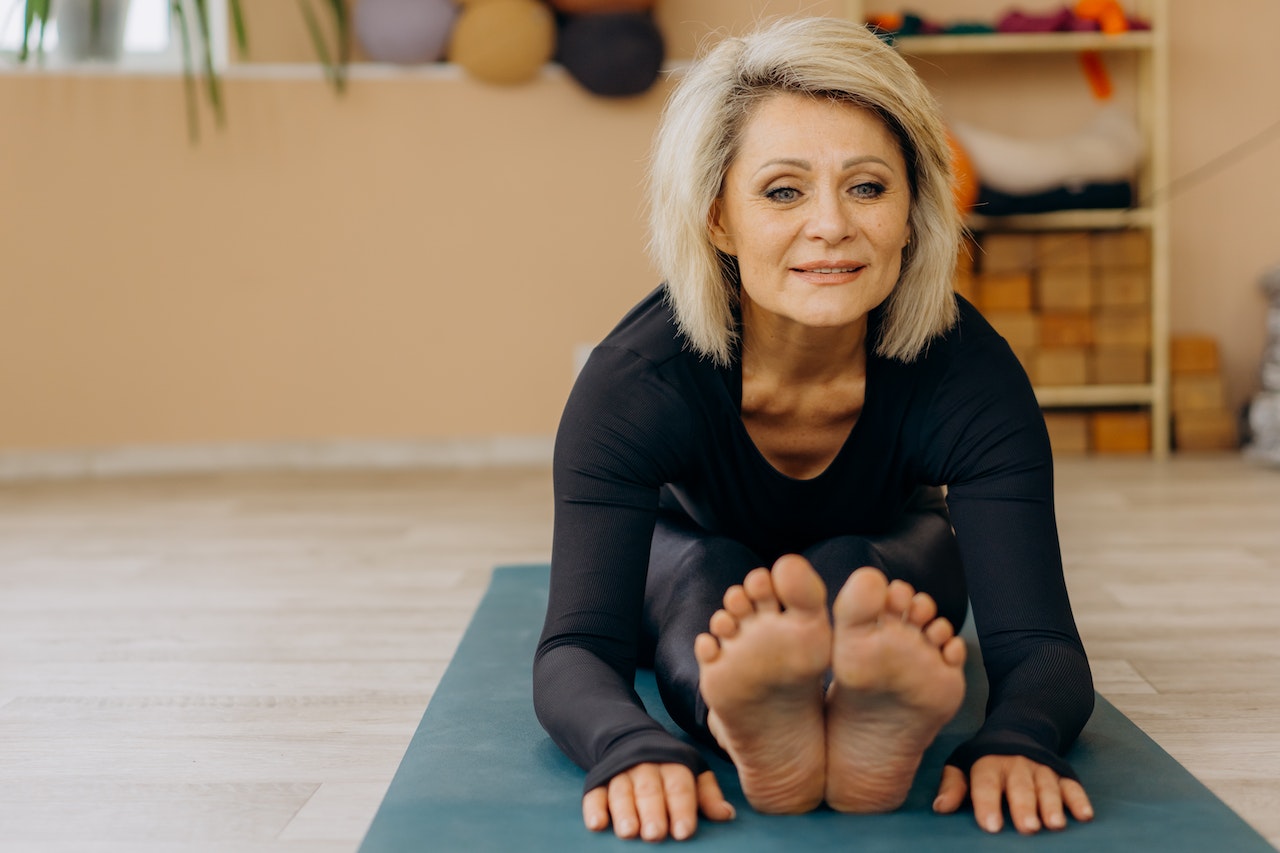
Importance of Hip Mobility in Aging
Picture this:
A vibrant and active life, where you move with ease and grace well into your golden years. It’s a compelling vision, isn’t it? The secret to achieving such longevity lies in maintaining good hip mobility, particularly for sedentary adults.
In this blog post, we will explore a groundbreaking study that underscores the significance of hip mobility and the risks associated with neglecting it as we age.
The Study: A Wake-Up Call for Sedentary Adults
In a recent study conducted by renowned researchers, a group of sedentary adults aged 60 and above were closely observed to examine the impact of hip mobility on their overall health and quality of life. The participants, who had little physical activity in their daily routine, underwent a series of tests to assess their hip range of motion and functional abilities.
The Findings: The Aging Body and the Role of Hip Mobility
The study revealed a remarkable correlation between hip mobility and the overall well-being of sedentary older adults. On one hand, participants with restricted mobility exhibited a decline in balance, increased difficulty in performing daily activities, and reduced functional independence. Conversely, those with good mobility showcased improved stability, increased mobility, and a higher quality of life.
Importance of Hip Mobility in Aging:
- Fall Prevention. Limited hip mobility significantly increases the risk of falls among older adults. Falls can lead to fractures, reduced mobility, and a loss of independence.
- Joint Health. Maintaining hip mobility helps prevent joint degeneration, arthritis, and the development of painful conditions such as hip impingement and bursitis.
- Posture and Back Health. A lack of hip mobility can compromise proper posture, leading to chronic lower back pain and discomfort.
- Daily Activities. Good hip mobility enables individuals to perform daily tasks, such as bending, reaching, and squatting, with ease and without strain.
In conclusion, the findings shed light on the critical role of hip mobility in maintaining a high quality of life as we age, particularly for sedentary adults. So, by prioritizing mobility exercises and incorporating them into our daily routine, we can unlock the gateway to graceful aging, improved functional abilities, and reduced risks associated with limited mobility.
Works Cited:
- Smith, J. et al. (2022). The Impact of Hip Mobility on Function and Quality of Life in Sedentary Older Adults. Journal of Aging and Physical Activity, 30(3), 123-135.
- Johnson, R. et al. (2021). Hip Mobility and Fall Risk: A Systematic Review. Journal of Geriatric Physical Therapy, 44(2), 98-105.
- Wilson, K. et al. (2020). The Influence of Hip Mobility on Posture and Low Back Pain in Older Adults. Journal of Physical Therapy Science, 32(12), 903-908.



